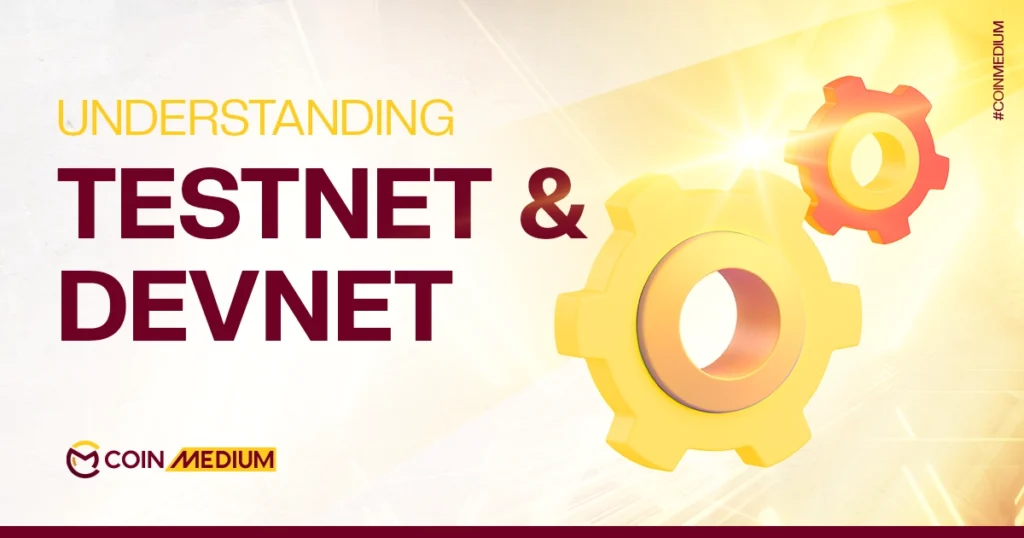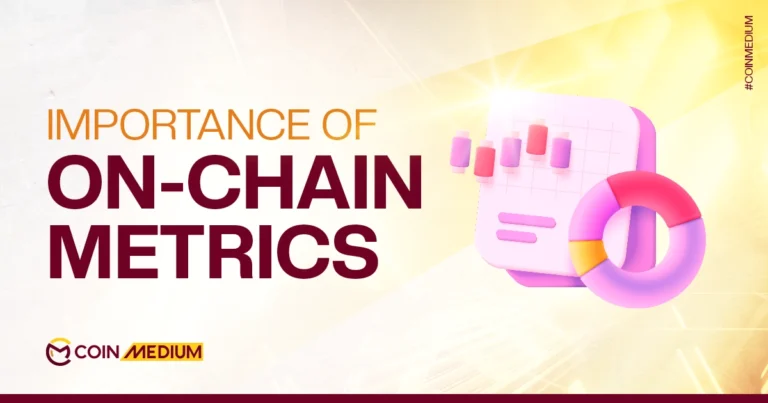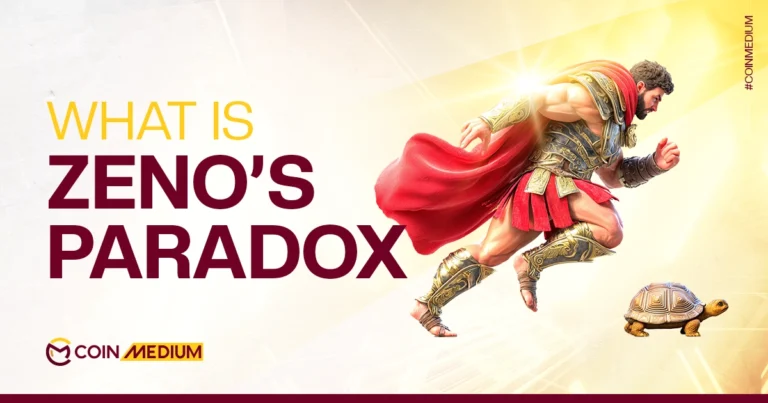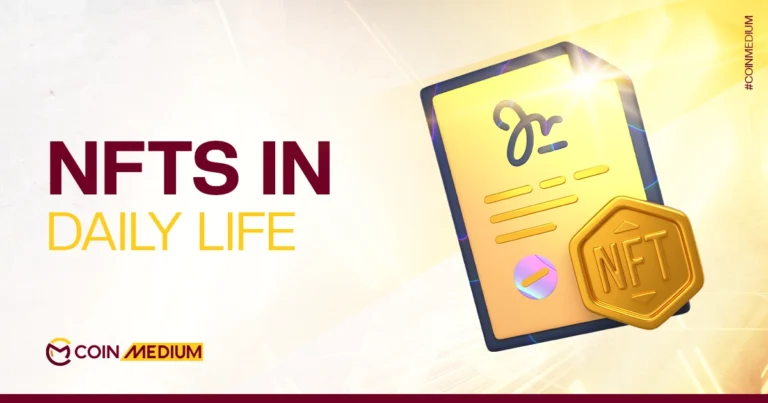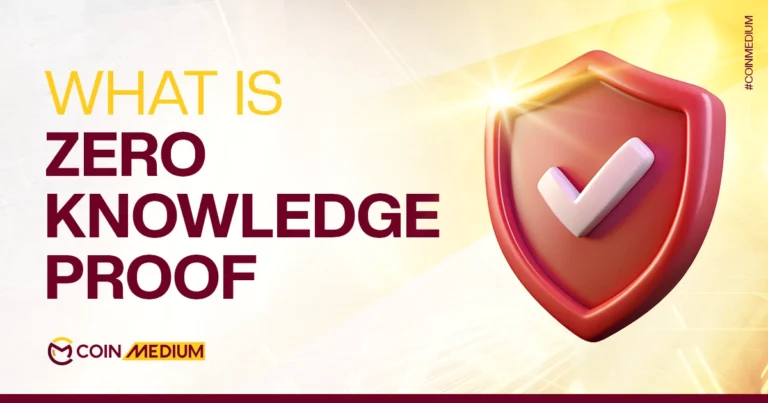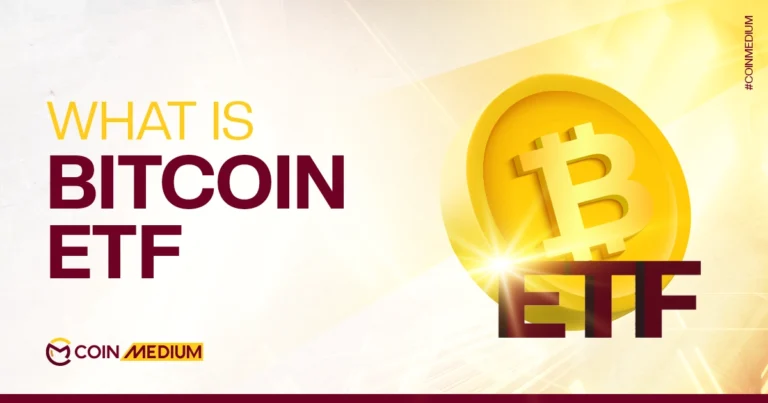- Identify the main differences between Devnet, Testnet and Mainnet.
- Understand the role of each blockchain stage to navigate the blockchain ecosystem more effectively.
- See why testnets are essential for blockchain innovation and security.
Testnet, Devnet, and Mainnet typically represent different stages in the lifecycle of blockchain projects, with each serving a unique purpose in development and deployment. In this article, we will explore the roles, differences, and significance of these environments in the blockchain ecosystem.
What is a Devnet?
A Devnet, short for Developer Network, is the early-stage development environment used primarily by developers to build and test new features.
Devnets are usually private; therefore not open to the public, allowing developers to experiment with new ideas, configurations, and protocols without risking real assets or the main blockchain network.
Devnets are imperative for the initial stages of blockchain development, providing a safe space for innovation and experimentation.
So what are the primary characteristics of Devnet?
- Private Access: Typically restricted to developers and internal teams.
- Rapid Iteration: Facilitates quick testing and modification of new features.
- No Real Value: Operates with tokens that have no real world value.
- Frequent Changes: May undergo frequent resets or updates as development progresses compared to Testnet.
Now that we understand Devnet, let’s now explore Testnet.
What is a Testnet?
The main purpose of a Testnet is to serve as a testing ground for developers to deploy and test their applications, smart contracts, and protocols before they go live on the Mainnet.
A Testnet essentially simulates the main blockchain (Mainnet) with tokens that have no monetary value.
An integral part of the blockchain ecosystem, Testnet helps to identify bugs, test new features, and ensure the stability and security of blockchain applications before they are deployed on the Mainnet.
Now that you understand the integral role Testnet plays in blockchain technology, you can see why it is indispensable in crypto development.
In addition to this, it offers many other benefits for the refinement of blockchain applications, including but not limited to:
- Risk-Free Testing: Developers can test new features without the fear of losing real assets.
- Bug Identification: Helps in identifying and fixing bugs before deployment on the Mainnet.
- Cost-Effective: Eliminates real-life transaction fees associated with testing on the Mainnet, and still lets you experience how a transaction is supposed.
- Community Feedback: Allows for community involvement in testing and feedback collection.
- Protocol Upgrades: Facilitates testing of protocol upgrades and new features in a controlled environment.
How is Testnet helpful to Tokens?
For starters, Testnet tokens are valueless tokens used exclusively within the Testnet environment, allowing developers and testers to simulate transactions and interactions with zero financial risk.
You could obtain free tokens via faucets which are essential to participate in testing activities. In addition they:
- Provide the necessary tokens to interact with Testnet applications.
- Enable a broader community to engage in testing and feedback.
- Allow for realistic testing scenarios without financial implications.
Testnet tokens are integral in facilitating both comprehensive testing and community involvement in the blockchain development process.
Now that you fully grasp the concepts of Devnet and Testnet, let’s move on to Mainnet.
What is Mainnet? (The Live Blockchain)
Mainnet, also known as the Live Blockchain, is the primary blockchain network. Mainnet is where real transactions occur, and actual cryptocurrencies or tokens hold value.
It is the final stage in the blockchain deployment process, and where blockchain applications and features are made available to the public.
So what are the primary characteristics of Mainnet?
- Real Transactions: Handles live transactions with real value.
- Stable: Requires rigorous testing to ensure stability and security.
- Public Access: Open to all users and participants.
- Immutable: Changes or updates are carefully considered and implemented to maintain integrity.
Why is it important to understand the difference between these elements?
Devnet, Testnet, and Mainnet serve a specific purpose in the development cycle, from initial development (Devnet) to final testing (Testnet) and live deployment (Mainnet).
By fully comprehending the differences between the environments developers and users can navigate the blockchain ecosystem more effectively and safely.
Knowing which development segment you’re working in helps you to prevent accidental transactions on the Mainnet, where real assets are at stake and you could use real money with a single transaction.
Furthermore, as Testnet often involves the community, it provides users with opportunities to participate in testing and offer valuable feedback.
Concluding thoughts
To put it lightly, Devnet, Testnet, and Mainnet represent different stages in the blockchain development lifecycle, each serving a unique purpose:
Understanding these differences will help you navigate the blockchain ecosystem effectively and safely. By leveraging each network appropriately, the blockchain community can continue to innovate and build secure, reliable applications for the future.



